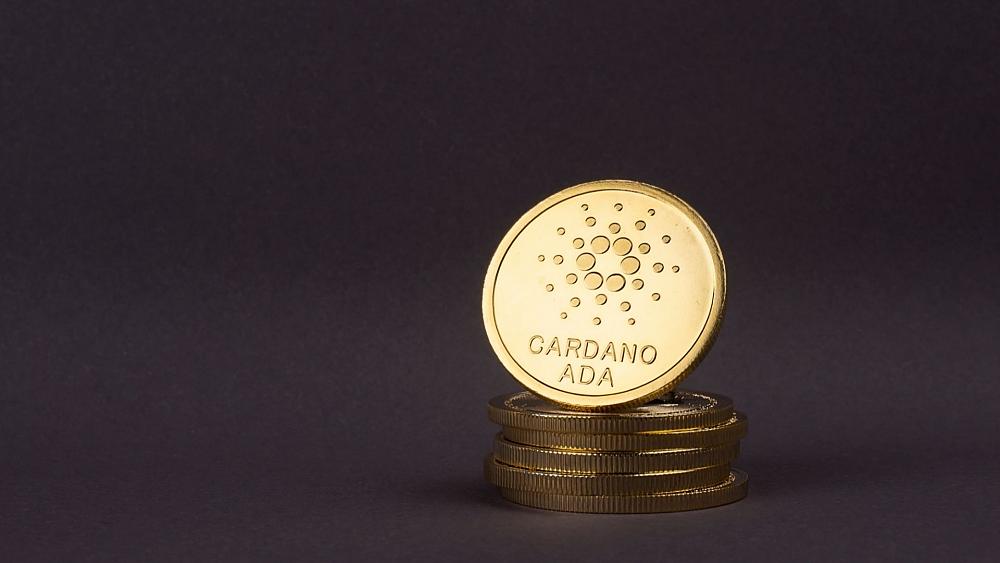Mega Bullish Cardano (ADA) Price Prediction
06.02.2025 18:00 2 min. read Alexander Zdravkov
Cardano’s performance over the last few years has shifted from one of the market’s most bullish assets to a more bearish trend, but recent signs suggest that the cryptocurrency may be gearing up for a comeback.
While ADA’s price remains low at present, it’s been more stable than many others amid the recent volatility. Some analysts are now predicting a potential surge, with expectations of it reaching as high as $15.
One reason behind this optimism lies in the historical patterns ADA has followed in the past. During the 2021 bull run, Cardano saw an explosive growth spurt, jumping from a mere $0.12 to $4.
Analysts are looking at similar accumulation trends from 2020-2021 and suggesting that another massive rally could be on the horizon. Despite recent setbacks, such as a nearly 22% drop in value over the last week, ADA’s ongoing consolidation could position it for a rebound if macroeconomic factors and market sentiment align in its favor.
However, there are still concerns over the short-term outlook for Cardano. Current technical indicators are showing bearish signals, with a key support level at $0.6589 under pressure.
If ADA fails to stay above that threshold, further losses could occur. On the flip side, a bounce back above $0.80 could indicate that a recovery is in play. With the market still in flux, Cardano’s future seems to hang in the balance, but the potential for significant gains remains a possibility if the coin can weather the storm.
-
1
Altcoin Market May Be on the Verge of Major Rally, Analyst Suggests
27.06.2025 14:00 2 min. read -
2
Trump-Linked Crypto Project WLFI Prepares for Token Listing and Stablecoin Audit
27.06.2025 11:00 2 min. read -
3
New Meme Coin to Watch: TOKEN6900 Presale Tipped as Next SPX6900
01.07.2025 20:59 4 min. read -
4
TRON (TRX) Eyes Breakout as Bollinger Bands Signal Squeeze
30.06.2025 13:00 2 min. read -
5
Altcoin Market: In Which Stage are we Now, According to Top Crypto Expert
06.07.2025 18:00 2 min. read
Ethereum Reclaims $3,000: What’s Driving the Renewed Bullish Momentum?
Ethereum is once again trading above the key $3,000 level after a 2.4% price jump brought it to $3,044 on July 14.
ProShares XRP ETF Set to Launch on July 18, Boosting Institutional Access
ProShares is set to launch its long-awaited XRP ETF on July 18, 2025, marking a major milestone for Ripple’s token amid rising institutional demand for regulated crypto products.
Ethereum nears key resistance as analysts predict $3,500 surge
Ethereum (ETH) has climbed 1.8% in the past 24 hours, reaching $2,987 on July 13, as strong technical momentum, ETF inflows, and forced short liquidations contribute to the upward move.
Altcoin Supercycle? Analysts Signal ‘Banana Zone 2.0’ as Market Erupts
The altcoin market is heating up fast — and some crypto analysts say we may be entering a full-blown “Banana Zone” similar to the explosive rally of 2020–2021.
-
1
Altcoin Market May Be on the Verge of Major Rally, Analyst Suggests
27.06.2025 14:00 2 min. read -
2
Trump-Linked Crypto Project WLFI Prepares for Token Listing and Stablecoin Audit
27.06.2025 11:00 2 min. read -
3
New Meme Coin to Watch: TOKEN6900 Presale Tipped as Next SPX6900
01.07.2025 20:59 4 min. read -
4
TRON (TRX) Eyes Breakout as Bollinger Bands Signal Squeeze
30.06.2025 13:00 2 min. read -
5
Altcoin Market: In Which Stage are we Now, According to Top Crypto Expert
06.07.2025 18:00 2 min. read


